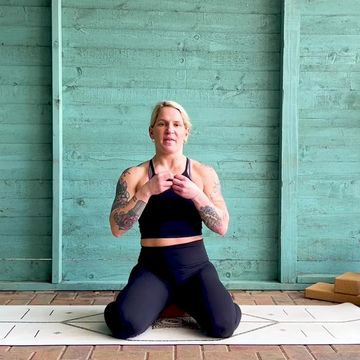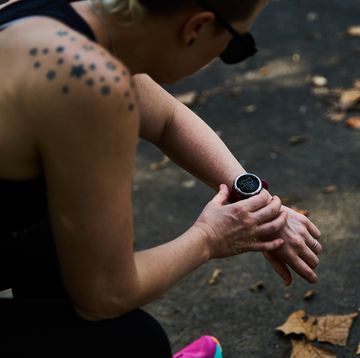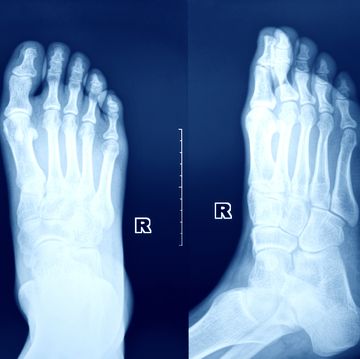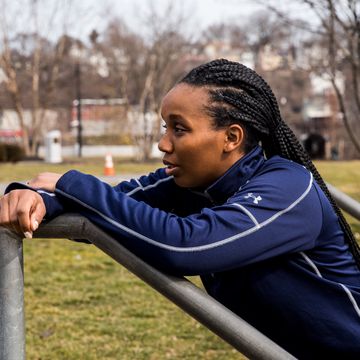As well as being born to run, humans are, of course, born to walk. It is one of the most natural human activities and, just like running, offers myriad physical and mental health benefits. In this article, we’ll look at average walking speed and how you can incorporate walking into your running training.
What is the average walking speed?
As with running, there’s a wide range of walking speeds – from a leisurely plod to an energetic hike. A large 2020 study into walking speed found the average to be approximately 3mphs. Another estimate, this time by the Centres for Disease Control and Prevention, put the figure between 2.5-4mphs.
Then, of course, there are speed walkers who can cover the ground faster than most runners. The male 10K walking record, held by Japan's Eiki Takahashi, is 37:25. The female record, held by Russia's Nadezhda Ryashkina, is 41:56.
What factors affect walking speed?
There are several variables that will dictate walking speed. And it’s worth bearing this in mind when calculating how long it’s likely to take you to walk somewhere.
Aerobic fitness: your walking speed will be largely governed by your aerobic fitness. The fitter you are, the quicker you will likely be able to walk. If you're new to exercising, or are coming back from a lengthy layoff, your walking speed may be closer to 2.5mph than 4mph.
Terrain: you’ll naturally walk faster on hard, even surfaces, such as a pavement or a hard-packed trail. Walking on grass, through mud or on sand will slow you down, as of course will walking uphill.
Load: walking with a heavy rucksack – sometimes called ‘rucking’ – has been shown to offer tremendous health benefits. Another study found that running with a rucksack – as long as the rucksack didn’t exceed 5% of your body weight – also carried fitness gains. However, carrying weight will slow your walking down. That’s why it’s worth thinking carefully about what you’re packing into your bag before you head off.
What are the benefits of regular walking?
While it might lack the high-octane thrills of activities like rock climbing or CrossFit, walking is one of the healthiest things you can do for your body and mind.
A major 2018 study of 50,000 walkers in the UK – of variety of ages and both men and women – found that regular walking at a brisk pace was associated with a 20% reduction in all-cause mortality. In addition, it was associated with a 24% reduction in cardiovascular disease.
The Ramblers also found that 68% of people walk in green spaces to boost their mental wellbeing and an American study identified that taking a weekly “awe-walk” (where you set out looking for things to be amazed by) can help improve and maintain a healthy mental state.
How can I incorporate walking into my running routine?
Walking fits very neatly into a running routine. Former Olympian Jeff Galloway is perhaps the biggest advocate of the run-walk method – a period of running interspersed by a period of walking – which naturally lends itself to a longer outing.
What’s more, lots of top trail runners incorporate hiking into their training schedules. ‘In the two months before an A race, we want long runs to be as specific to the race as possible,’ says Damian Hall, a top ultrarunner and UKA coach. ‘If the race is a lumpy one, it’s prudent to power-hike (I prefer this phrase as it sounds more athletic – walking sounds like slacking off, which it shouldn't be) any steep ups, in both the race and therefore in training. Some of the best ultrarunners, such as Kilian Jornet, are amazing power-hikers; just think of it as efficient movement.’













